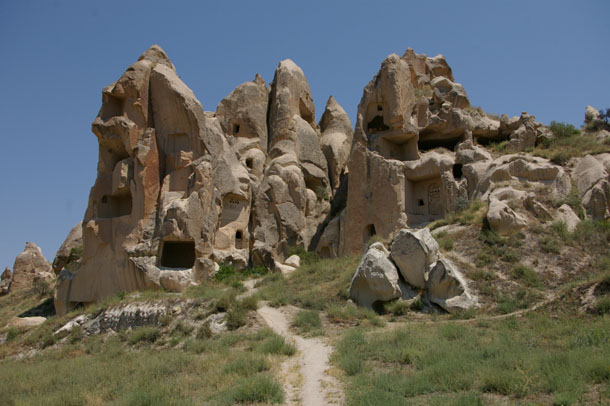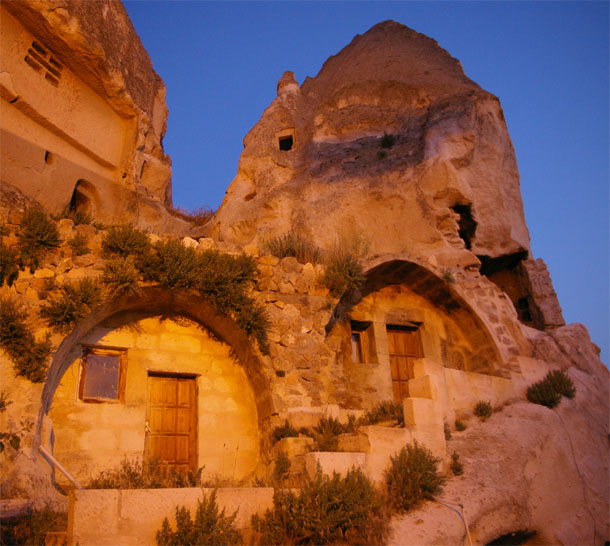Turkish blueschist macro-GigaPan
With my new “macrogigapan” rig from Four Chambers Studio, I produced a single image last week as part of my Mid-Atlantic Geo-Image Collection project (M.A.G.I.C.). I’m still learning the ropes of the machine – I shot about 3 times as many photos as I needed to to make this gigapan. Lessons learned, yet again. Anyhow … Read more


